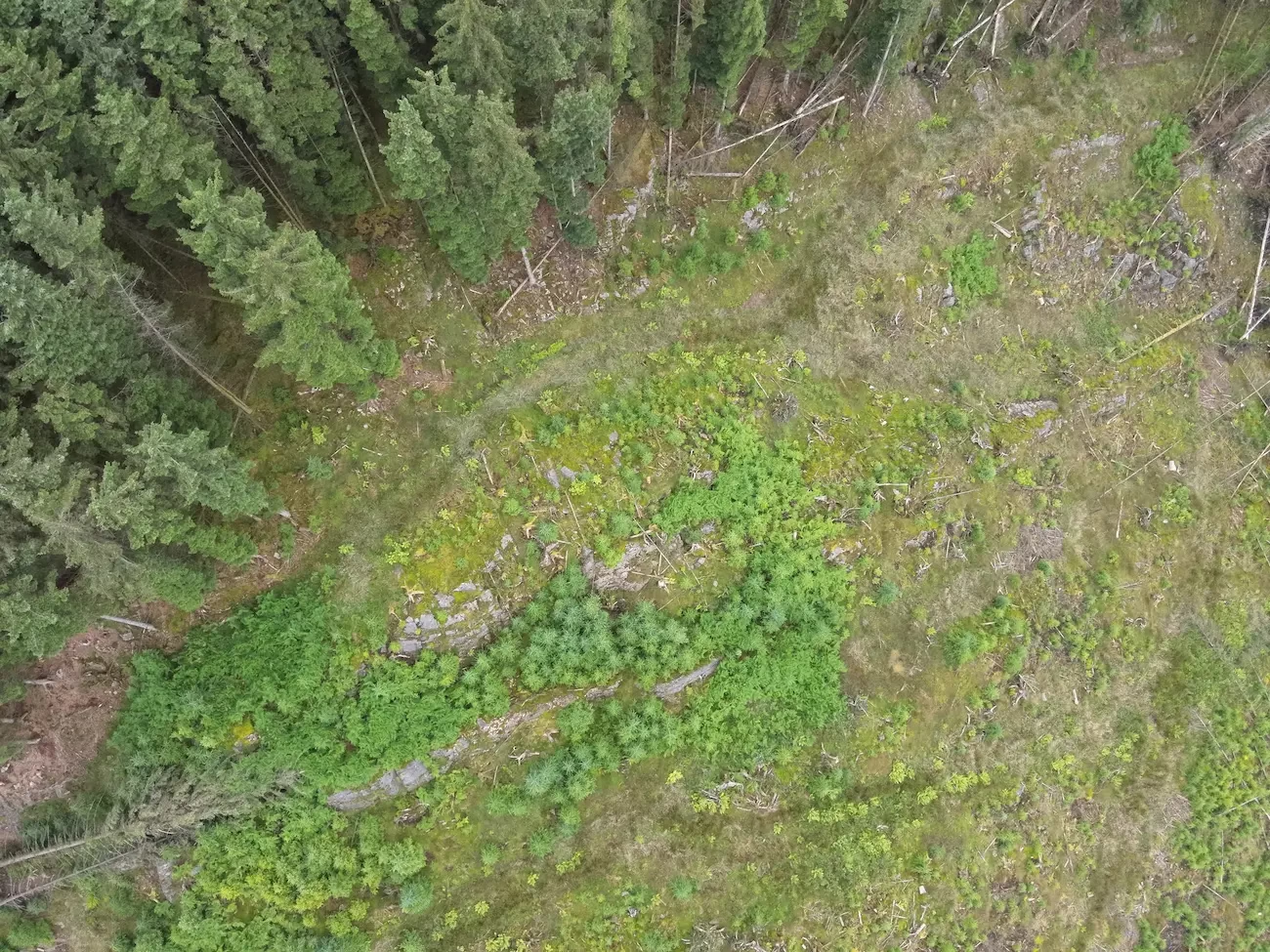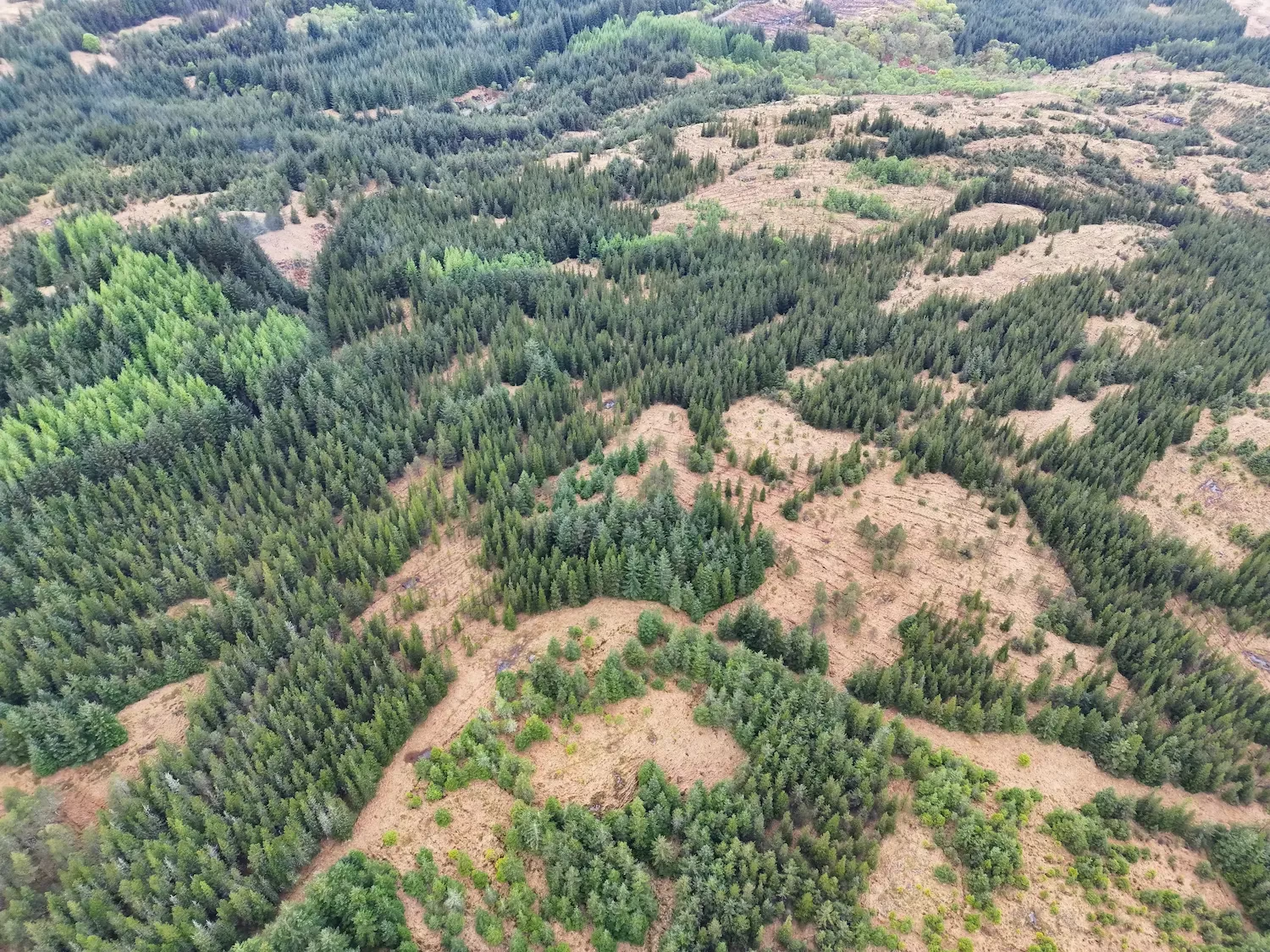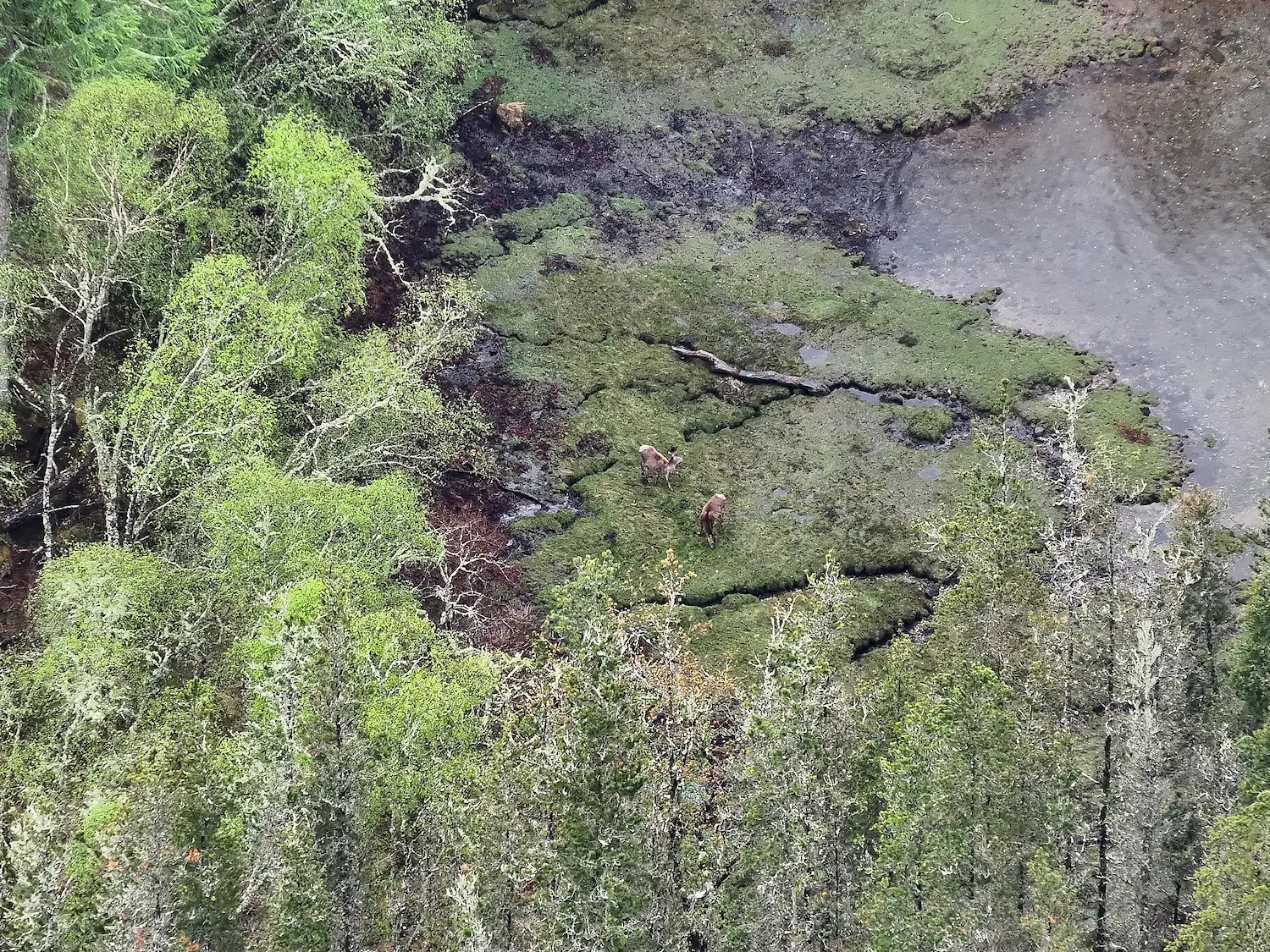The Rise of Drones in Wildlife and Agriculture: A New Era of Sustainability
Drones are revolutionising wildlife management and modern agriculture, offering innovative solutions for drone mapping, reforestation, habitat restoration, precision farming, and sustainable land management. From mapping landscapes to planting seeds and optimising conservation efforts, these advanced technologies are shaping a new era of eco-friendly solutions.
This blog explores the cutting-edge applications of seeding drones and how they are shaping the future of conservation efforts worldwide. Additionally, using drones for cover crop planting and aerial seeding is enhancing sustainable farming practices. The same technology that aids in habitat restoration is also proving invaluable in modern farming operations, demonstrating the versatile role drones play in both conservation and agriculture.
How Drones Are Transforming Conservation
1. Seeding Drones: A Game-Changer for Reforestation
- Drone seeding rapidly restores forests and degraded landscapes..
- Enhances biodiversity by distributing native seeds.
- Supports carbon capture and climate change mitigation.
- Facilitates cover crop seeding for agricultural sustainability.
- Provides an efficient alternative to traditional seeding methods.
- Improves drone planting seeds accuracy in large-scale reforestation.
2. Aerial Spraying: A Smarter Approach to Habitat Management
- Targets invasive plant species with precision.
- Minimises environmental impact by reducing chemical use.
- Increases efficiency in large-scale conservation projects.
- Supports farming operations through precise pest control applications.
- Enables effective drone spraying to reduce reliance on manual labour.
3. Wildlife Monitoring from the Sky
- Tracks animal populations and migration patterns.
- Provides real-time data to inform conservation strategies.
- Reduces human interference in sensitive ecosystems.
- Drones can cover vast areas quickly and efficiently.
- Improves drone operation efficiency with AI-driven analytics.
AI and Precision Technology: Enhancing Conservation and Agriculture
The integration of AI-powered drones and machine learning algorithms is further enhancing precision in wildlife management, drone seeding and drone surveying. These advanced technologies enable drones to analyse terrain, identify optimal seeding locations, and even detect invasive species in real time. For example, drones equipped with artificial intelligence can plant seeds 10 times faster and at 80% lower costs compared to traditional manual planting methods. As AI continues to evolve, conservationists will be able to automate data processing, making habitat restoration efforts more efficient and targeted. Additionally, AI-driven seeding methods ensure precise seeding for better crop growth and environmental restoration.
Supporting Climate Resilience and Biodiversity
Seeding drones and aerial spraying play a crucial role in climate resilience by restoring habitats that support diverse ecosystems. By quickly reintroducing native plant species, these technologies help stabilise soil, prevent erosion, and create thriving environments for pollinators, birds, and endangered species. This approach is particularly beneficial in areas affected by wildfires, deforestation, and climate-induced degradation. The environmental benefits of drone seeding extend to agriculture, where agricultural drones are used to seed cover crops effectively, ensuring sustainable food production and soil preservation.
The Role of Drones in Peatland Restoration
Peatlands are some of the most carbon-rich ecosystems, yet they are increasingly threatened by degradation. Drone-based mapping and LiDAR technology are transforming peatland restoration by providing high-resolution topographic data to assess water retention, monitor vegetation growth, and guide restoration strategies. By leveraging drones for surveying, conservationists can implement targeted interventions to restore peatlands more effectively and support global carbon sequestration goals. Additionally, drone seed planting is becoming a viable method for restoring vegetation in peatlands and wetland areas, improving biodiversity and soil structure.
Why Drone Technology is the Future of Conservation and Sustainable Farming
Cost-Effective and Scalable
- More affordable and efficient than traditional seeding methods, allowing conservation projects to cover larger areas with minimal resources.
- Reduces overall costs in seeding operations by eliminating excessive manual labour and improving efficiency.
Eco-Friendly Solutions
- Reduces reliance on heavy machinery and manual labour, lowering carbon emissions and minimising habitat disturbance.
- Enables sustainable crop seeding without excessive soil disruption.
- Supports eco-friendly spreader technology to enhance seed distribution.
Enhanced Accuracy and Data Collection
- Utilises LiDAR, GIS mapping, and photogrammetry for precision planning, ensuring that conservation efforts are strategically executed.
- Provides advanced unmanned aerial analytics to refine seeding strategies.
Rapid Deployment and Adaptability
- Seeding drones can be quickly deployed in remote or hard-to-reach areas, making them invaluable for emergency reforestation and habitat restoration efforts.
- The use of drone technology reduces labour costs and enhances efficiency in farm settings.
Improved Monitoring and Reporting
- Advanced drone technology provides real-time data and high-resolution imagery, allowing conservationists to track progress, adjust strategies, and measure success with greater accuracy.
- A well-coordinated drone survey ensures efficient conservation and agricultural efforts.
How Boddy Environmental Ltd. is Leading the Way
Boddy Environmental Ltd. is a leader in seeding drone and spraying solutions, offering advanced technology to support reforestation, habitat restoration, and sustainable land management. Our unmanned aerial vehicle systems provide precise seeding and targeted drone spraying, making land management more efficient and environmentally friendly.
Innovative Drone Solutions for Conservation and Agriculture
We provide aerial seeding and crop seeding services for wildlife management, farming operations, and reforestation projects. Using agricultural drones, we improve farming practices by applying treatments with minimal waste, supporting soil health across the field. Additionally, our drone seeding technology enhances large-scale reforestation and habitat restoration efforts, allowing for rapid and precise seed dispersal in difficult-to-reach areas.
Why Choose Our Drone Services?
- Eco-friendly and efficient – Reduces chemical use and enhances environmental benefits.
- Precision technology – Ensures precise seeding and targeted application of seed cover crops.
- Real-time data integration – Our drones for surveying provide live monitoring to optimise results.
The Future of Conservation and Sustainable Farming with Drones
As global conservation and farming challenges grow, seeding drones, drone mapping, and aerial spraying are proving to be game-changing tools for restoring ecosystems and optimising agricultural productivity. With advanced drone surveying, conservationists and farmers alike can make informed decisions based on real-time data, ensuring better environmental and economic outcomes. With ongoing advancements in LiDAR, GIS, and drone mapping, these technologies will continue to shape the future of wildlife management and habitat conservation for generations to come. Whether improving conservation efforts or revolutionising agricultural techniques, unmanned aerial solutions provide a sustainable path forward across the field. The use of drone seed planting and drones for surveying will continue to refine precision land management, allowing conservationists and farmers to maximise resources efficiently while protecting biodiversity.
A Vision for the Future
The increasing adoption of drone technology in conservation and farming suggests that in the future, automated drone fleets could become standard practice for habitat restoration, reforestation, and precision farming, ensuring a more resilient and sustainable environment for all.





